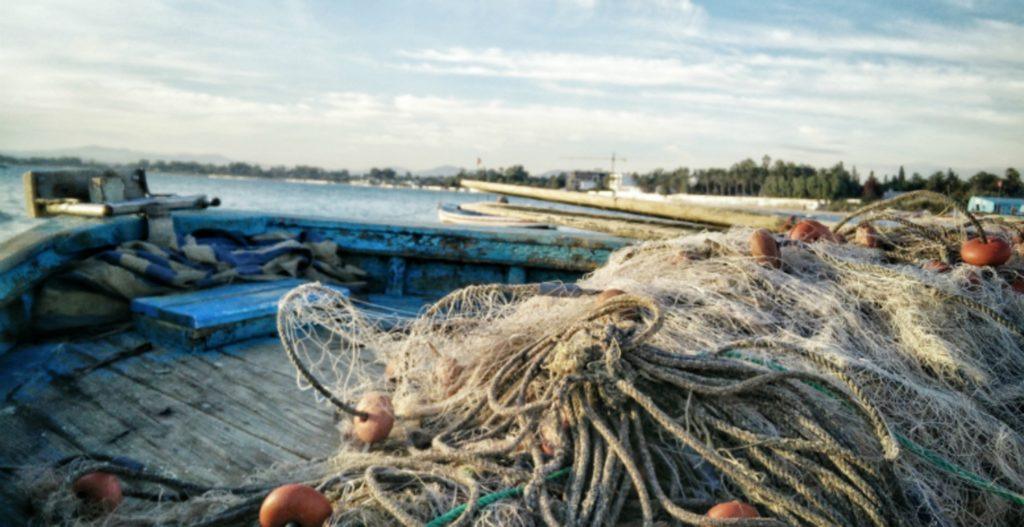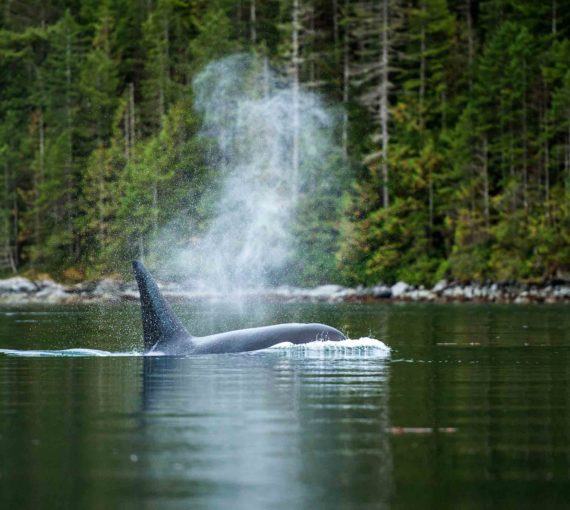
Craft beer caught on — why can’t craft seafood?
When chefs become infatuated with an ingredient, it tends to filter down into our daily lives, and there’s no shortage of new trends. But with seafood, most diners know only a few highly valued and well-known species, like Atlantic lobster, halibut, sockeye salmon or Chilean seabass, while the true diversity of the world’s wild-caught seafood remains unknown to the average consumer.
Instead, larger volume species often get lumped into broad commodity categories such as cod, snapper or sole, which actually represent hundreds of different species. Taken together, they comprise the general whitefish market and are considered interchangeable, competing among themselves and with imported farmed substitutes such as tilapia and catfish. Despite the species ranging widely in quality, flavour and environmental performance, they are sold at similar basement prices to the consumer. Imagine if different craft beers were being mixed together and sold on the cheap as generic beer — this is exactly what we are doing to our last truly wild food source. This commodity trap drives prices into a downward spiral and ultimately provides very little revenue to the harvesters.
Selling Out
Although seafood is sold as a commodity, there is no food more individually unique than a wild seafood product. Wild fisheries catch thousands of distinct species from a variety of marine ecosystems. The flavour and texture profiles vary greatly among species and even within a species, with time of year, depth and regional geography all coming into play. The species also vary in their environmental performance. Species caught in a single fishery can range in status from sustainable to threatened. Likewise, the catch of a single species using one type of gear might be sustainable, while the same species caught by a different type of gear is not. In order to improve or ensure the sustainability of their products, harvesters need to change the way they fish and those changes will incur costs. If harvesters can’t sell their fish for a premium in turn, the economic incentive for sustainability gains is lost. It’s a commodity trap, and it’s undermining hard-won gains in sustainability, and threatens future progress.
Adding to the problem is that seafood, compared to other food products, has lax labelling and traceability laws resulting in commodity seafood being transported around the globe with limited product information. Even the species name and country of origin are not typically associated with commodity seafood, which further solidifies the notion of these bulk production fishes being akin to chicken. That is, the broad names uphold a misguided perception of universal uniformity.
Breaking out of the commodity trap requires differentiated products and a market discriminating enough to care and pay a higher price.
Breaking out of the commodity trap requires differentiated products and a market discriminating enough to care and pay a higher price. Many commodity fish species have quality and flavour attributes rivalling better-known and highly valued species, but they are simply unknown to consumers. Basic information about the product including a correct species name, country of origin and sustainability information is a fundamental requirement to at least attempt differentiation, and in turn justify a price increase.
Canada’s waters are home to a diverse assemblage of species that are currently sold into commodity markets. Over the last two decades the British Columbia groundfish fishery, as well as other fisheries in Canada, have made tremendous progress toward sustainability despite the additional costs of such as catch monitoring and other compliance measures. Despite these changes, many of the harvesters are receiving less per pound than they did for their catches in the 1990s, and that’s not even adjusting for inflation or the increased cost of modern commercial fishing. For many seafoods, the business of environmental sustainability isn’t economically sustainable.
Tracing the Issue
In British Columbia, the multispecies groundfish fishery developed a traceability solution that enables it to track dozens of different species of groundfish back to the vessel. The KnowYour.Fish platform maintains key pieces of information about a fish along the supply chain by attaching a unique, brandable and marketable Catch ID that provides specific information about individual products, like who caught it, where it came from and its sustainability rankings. Whether you care about quality, sustainability, location or simply understanding what you are purchasing, the Catch ID can help.
Although the KnowYour.Fish platform has been operational for over a year, demand for the non-commodity products is only now gaining momentum. The concept of better labelling and traceability is straightforward; operationalizing it within a system designed for commodities is a challenge. When a load of fish is brought from the boat to the processing plant, there could easily be seven species of Pacific rockfish and three species of sole, and the next boat might have another two species of rockfish and another species of sole. In order to maintain the information associated with each type of fish, the harvester and processor incur additional costs, but if there is no difference in the demand for the product after processing, there is no economic gain. Without the economic gain, processors and distributors won’t make the differentiated product available and consumers won’t know there is an option. What to do with the catch 22?
Sourcing sustainable and traceable seafood, and labelling it well, supports healthy, prosperous oceans and satisfied customers.
It’s at this point that Canada’s chefs can start influencing and demand specific species caught in specific ways to serve to their customers. It’s not just the moral high ground; there is considerable value to be gained for the foodservice industry. For starters, replacing exceptionally high-value species like halibut with lesser-known and less expensive seafood can save money without sacrificing on quality. Sourcing sustainable and traceable seafood, and labelling it well, supports healthy, prosperous oceans and satisfied customers. Traceable fish can appeal to consumers looking for sustainable products or those wanting to support products from Canada. It also offers you brand protection by mitigating the risks posed by sourcing environmentally and/or socially unsustainable, and even fraudulent, seafood. In turn, the producer communities supplying the products will start to see the pay off for their efforts. Moreover, menuing unique, wild-caught fish can make any restaurant a standout amongst the restaurant-going set.
If wild seafood from Canada and the communities that provide it are to persist, more value needs to be placed on the lesser known wild fish species. It may take several years, but chefs are uniquely positioned to do their part by requesting and experimenting with decommodified products. After all, craft beer caught on — why can’t craft seafood?
The products mentioned in this article are available from Fisher Bay Seafood, Pacific Seafood, Albion Farms and Fisheries. Find them at pacificseafood.com, fisherbayseafood.com and albion.ca/.
This op-ed was originally published on RestoBiz.
Our Work
Always grounded in sound evidence, the David Suzuki Foundation empowers people to take action in their communities on the environmental challenges we collectively face.



